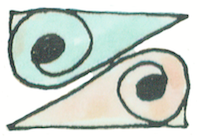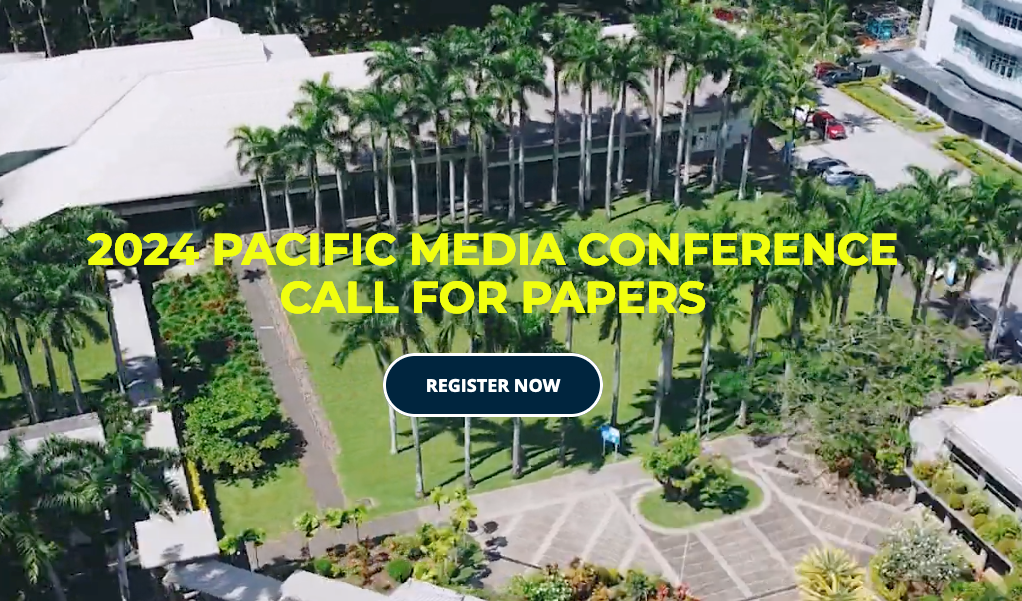Cell lines and commodities: The Hagahai patent case
Abstract
In March 1995, the United States government issued a patent on a human cell line for an indigenous Hagahai man from the rainforests of Papua New Guinea. The US National Institutes of Health (NIH) were issued patent No. 5,397,696 by the Patent and Trademark Office (PTO), the first time that an indigenous person's cells have been patented. Critics saw this is a 'new and dangerous' era in intellectual property rights while even defenders conceded there are serious dilemmas embracing ethics, the law and the media.
Downloads
Metrics
References
Alpers, Dr Michael (1996). 'Viewpoint', Uni Tavur. February 23. American Journal of Tropical Medicine Hygiene (1993). 48(2), February, p 230-6.
Dorney, Sean (1996). 'Jenkins vindicated - official castigated', The Independent (PNG), March 29, p. 16.
Duenas-Barajas, et al. (1993). 'Human Retroviruses in Amerindians of Colombia', American Journal of Tropical Medicine Hygiene, 49(6), pp 657-58.
Friedlaender, Dr Jonathan (1995), as cited by Henry T. Greely in an Internet communique distributed via the NATIVE-L listserve on October 27.
Hanley, Charles J. (1996a). 'Patent on tribesman's blood raises ethical questions'. Associated Press report carried in abbreviated version on CNN News, April 20; see also 'Hagahai patent - bio-age dilemma'. The National (PNG), April 24, p 19.
- (1996b). 'Tribal DNA could fill in the blanks- but is it right?', PNG Post-Courier, from an Associated Press despatch, June 13, p 11.
Jenkins, Carol L. (1987). 'Medical Anthropology in the Western Schrader Range. Papua New Guinea', in National Geographic Research, 3(4):412-430.
Journal of Medical Virology (1992), September, 38(1), pp 44-8. Los Angeles Times (1987). 'Disease Threatens Survival of Remote, Stone Age Folk', December 27.
Mead, Aroha Te Pareake (1996a). 'Genetics, Sacredness and the Commodities Market'. unpublished conference paper
- (1996b). Personal communication with the writer, 18 March 1996.
RAFI - Rural Advancement Foundation International (1994) RAFI Communique. January-February.
- (1995). 'Indigenous person from Papua New Guinea claimed in US Government patent', media release, October 4.
- (1996). 'New Questions About Management and Exchange of Human Tissues at NIH: Indigenous Person's Cells Patented', RAFI Communique, March-April, p 1-12.
Robie, David (1995). 'Legal row over attempts to patent lost tribe's blood'. The Independent (NZ), October 27, p 23; see also 'The gene collectors', The Review (Suva), December, p 183-5.
- (1996). Phone interview with Dr Carol Jenkins. February 5.
Sengi, Dominic, and Solomon, Sinclaire (1995). 'Battle over Blood: Hagahai "patenting" case faces World Court', The National, September 28, pp 1-2.
Shrine, Jim ( 995). 'Sequana Files for IPO, Signs potential $70 million Asthma Deal', BioWorld Today, cited by RAFI (1996), June 15, p I.
Taubes, Gary (1995). 'Scientists attacked for "patenting" Pacific tribe', Science, Vol 270, 17 November 1995.
The National (1996a). 'US retreats on patent for Hagahai bloodline', from an Associated Press despatch, September 27.
- (1996b). 'Dusava: Patent to benefit Hagahais', March 28. Thomas, S. M. et al (1996). 'Ownership of the Human Genome' , Nature, April 4, p 388. Uni Tavur (1996). 'Maori expert slams Hagahai 'outrage',' March 22, p 1.

Copyright (c) 1997 Pacific Journalism Review

This work is licensed under a Creative Commons Attribution-NonCommercial 4.0 International License.















